A simple question deserves a simple answer – but don’t expect one here.
This question was asked on social media by Matt Miller in response to news that we were heading to Amsterdam for our first European test drive of the Tesla Model 3. “Interested to see how you think it compares to the standard, uppity sports sedans. Would you own a Tesla Model 3 over an Audi A4 or BMW 3 Series?”
This article was originally published on 30 March 2019. We're revisiting some of Autocar's most popular features to provide engaging content in these challenging times.
Well, would we? After the big build-up, is this the car that could finally make the electric vehicle usable, affordable, practical and viable for people not as a replacement for a city-hopper or school-run supermini or a family’s second car, but in place of a proper, good-sized, fairly high-mileage executive saloon?
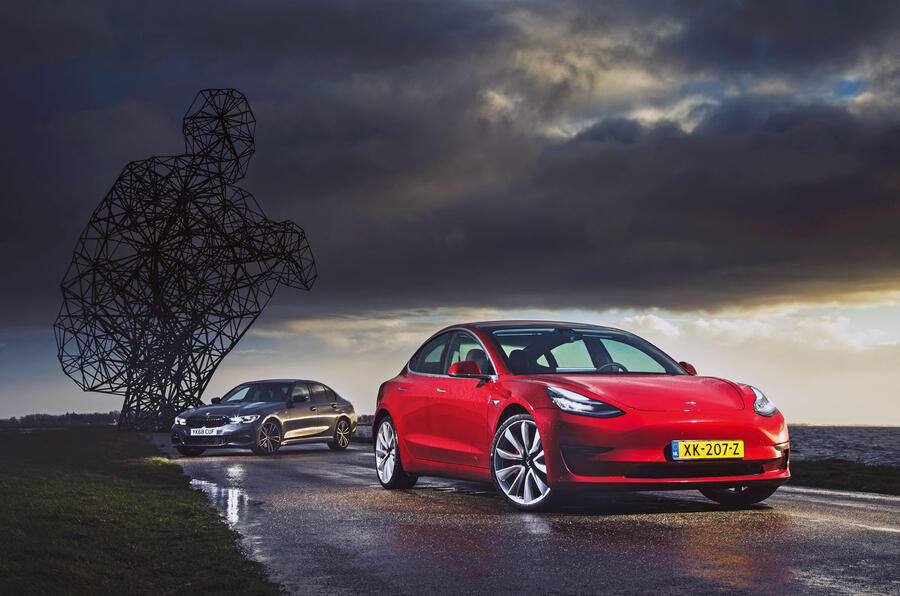
We had 36 hours to begin finding some answers, with the keys to a range-topping Model 3 Performance in one hand and those for a brand-new BMW 330i M Sport in the other. We knew before we started, of course, that this would be only the beginning of a long process, and a critical year, in establishing exactly what the state of the zero-emissions passenger car art currently is. Of establishing, too, exactly how much the Model 3 moves the game on; and whether it’s quite the transformative car that Tesla’s ever-zealous supporters so desperately hope it’ll be.
An imperfect start, you might even say. You wouldn’t chose to line this particular Model 3 up against this 3 Series if you had the pick of both full model lines, after all.
The Model 3 Performance is one of only two versions of the car that are now on sale in mainland Europe. It has twin electric motors; 444bhp of peak power; and 471lb ft of torque from zero rpm; and it is good for 62mph from rest in what, I assure you, is a 3.4sec dash that gives new meaning to the word ‘startling’. It’s also likely to cost UK buyers in excess of £60,000 at list price. Cue a swift intake of breath.
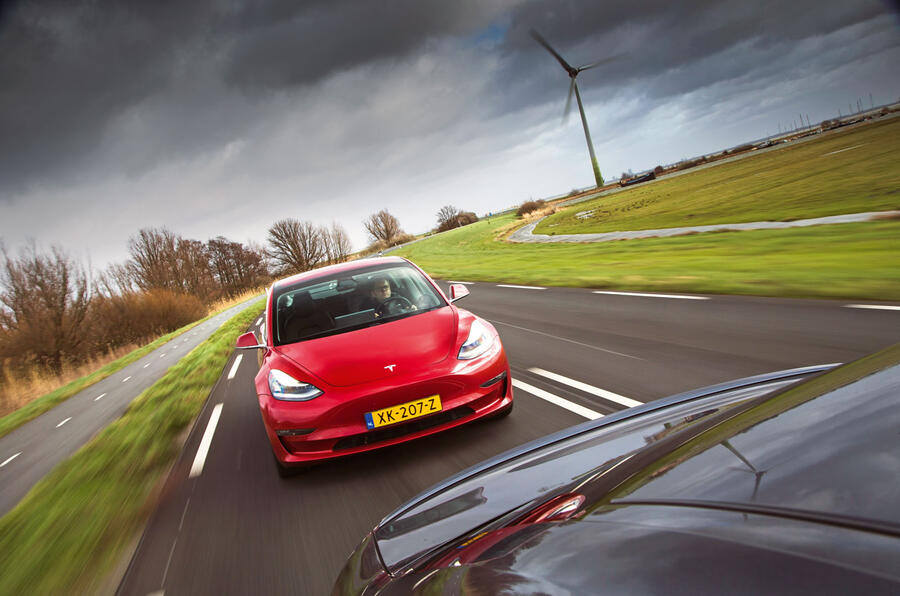
The 330i M Sport looks, in some ways, like half the car on paper, with its 255bhp, 5.8sec 0-62mph claim and narrowly sub-£40k asking price – but, for the moment, it’s the most powerful petrol-powered car in the G20-generation 3 Series model range. It’s also a car you can refuel within minutes, almost anywhere you happen to want to stop, and it will cruise for a good 400 miles between fills.
It’s a car you can drive from Farnborough to Amsterdam in a day, without stopping for any longer than is needed to pump 60 litres of unleaded, plus a litre or so of bodily fluid. It will do much less for your Costa coffee reward points balance than the typical modern EV. Something tells me we will not escape the influence of these factors over the next few thousand words.
But what we must acknowledge is that the plug-in hybrid 330e, which might be considered the Model 3’s closest competitor and is due on sale later this year, won’t be unlike the 330i to drive. It, too, has a four-cylinder turbo petrol engine and a very similar performance level. Meanwhile, Tesla’s single-motor, rear-wheel-drive Model 3 Long Range, which ought to enter the UK model range at just beyond the £40,000 mark, should be similar to the Performance to use and drive. Like the mid-range Model 3 we’d have preferred to match it up against, the Performance has a 75kWh drive battery and a usable range estimated at more than 300 miles. So, no, we haven’t quite got like for like here, but we’ve certainly got close enough to make some useful initial conclusions, though.
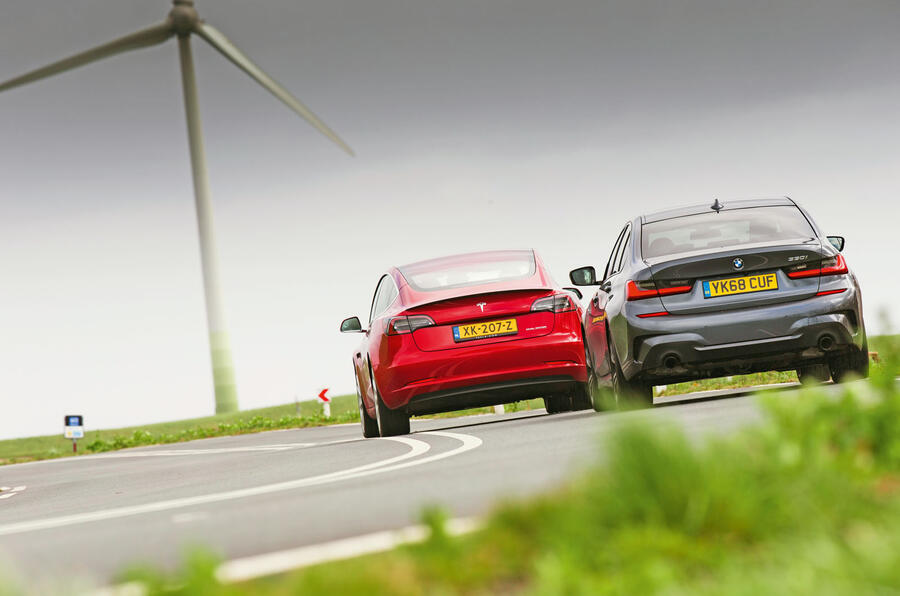
Observations come first. If you’ve ever seen a late-model 3 Series, you know how big a Model 3 is: the two saloons are within 15mm of each other on overall length. Given that an electric powertrain is supposed to make space in a car compared with a combustion engine, then, it’s odd that the Tesla should lose the first exchange of this test, on cabin and boot space – but the BMW offers notably more cabin room, a lower and more enveloping driving position and a considerably bigger boot.
Just-so, right-sized practicality is at the very heart of the appeal of the compact saloon car. For a few generations now, the 3 Series has come to market with enough of it for four typically sized adults to travel in comfort and the G20 3 Series hits that sweet spot even with a little bit of space to spare.
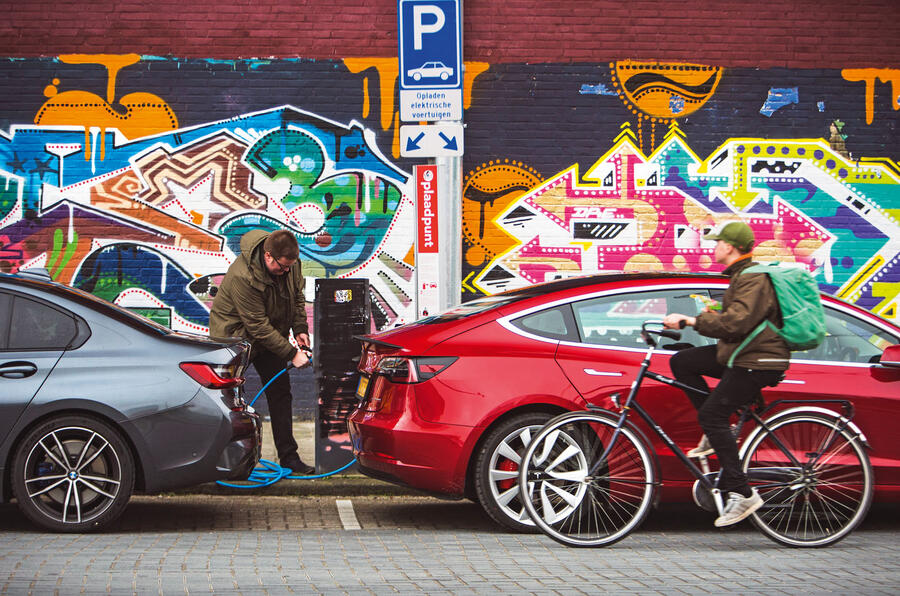
The Model 3, however, makes adults feel squeezed in its second row. The Tesla’s packaging leaves little foot space under the front seats, makes head room slightly tight underneath that full-length glass roof and obliges you to sit bandy-kneed if you’re behind a full-sized adult. The BMW is guilty of none of these offences. It also has a wider, deeper boot than the Tesla’s so it would be more useful for carrying bulky items, something the American’s separate front cargo compartment wouldn’t compensate for.
The Tesla’s driving environment certainly feels like it should belong to the more spacious car of the two. The Model 3 makes a good first impression on perceived quality and its pared-down, minimalist fascia is tidy, clean-looking, modern and very pleasant, not unlike your own personal branch of the Apple Store. Big windows and a glass roof make for a light, airy feel, although the business of actually interacting with the car is something that may be slightly unintuitive, given that almost every secondary system and function is managed through the car’s monolithic 15in touchscreen computer display.
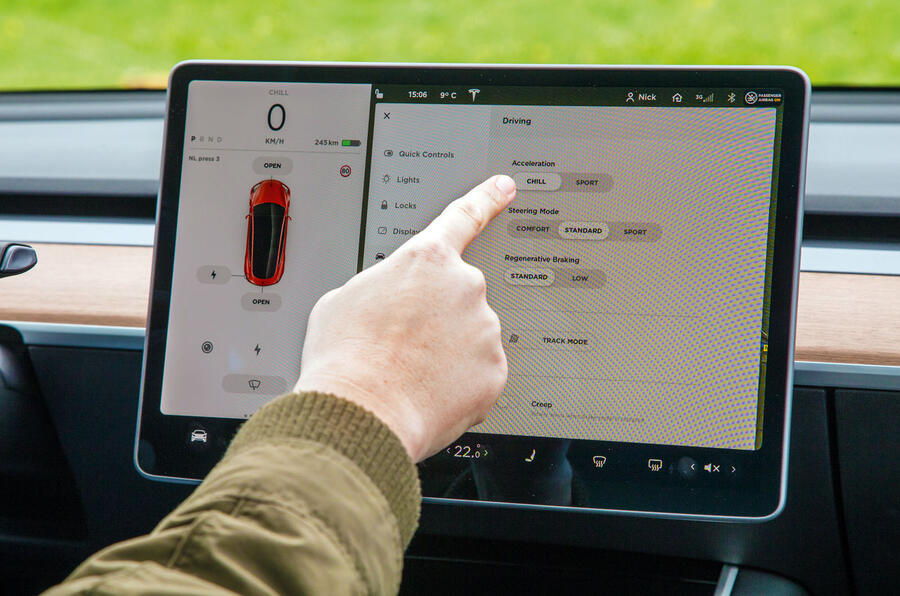
The 3 Series’ cabin, by contrast, isn’t one needing several hours and repeat dealership visits to become familiar. It neatly reminds you that the best-laid-out car interiors look busier than designer apartments because they need to be that way in order to work well on the road.
Electric cars have had plenty of prominence on the pages of this magazine over the past decade. You’ll have read about how uncanny they can feel to drive: super-responsive, eerily quiet, torquey at low speeds. But when you actually compare a Model 3 with a 330i back to back, you become aware that your isolated perceptions are to be trusted in some cases – and yet in others they are surprising misleading.
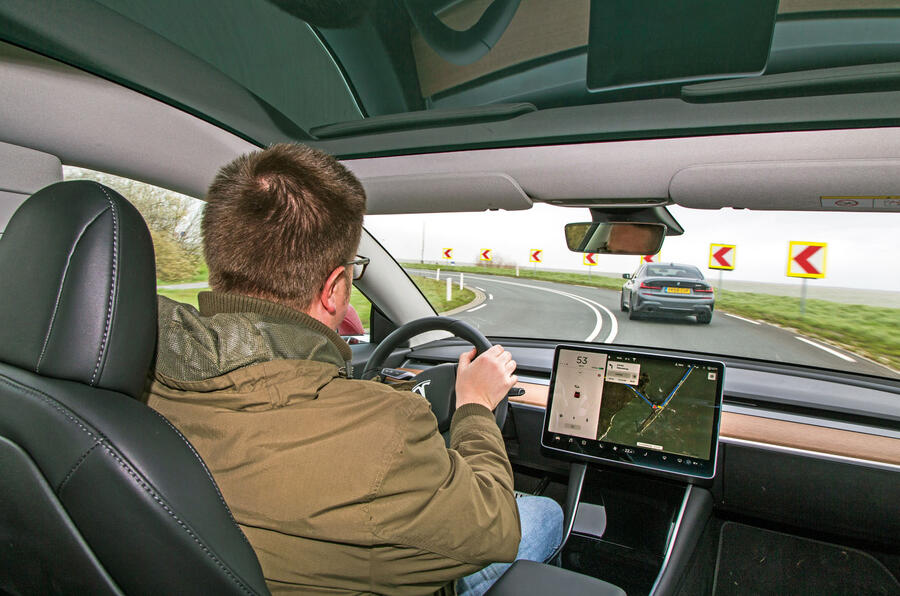
There is certainly no keeping up with an energetically driven Model 3 Performance around the stop-and-start streets of a major European city like Amsterdam; not in a 3 Series, at any rate. A superbike might manage it; a catapult, too, until such time as you needed to change direction.
The pure, seamless thrust generated by the Tesla’s motors, from the instant your right foot begins to move the accelerator pedal, seems ridiculous even for an EV. The car has two drive modes – Sport and Chill (thanks for that one, Instagram generation) – and if you use Sport, you’d better have decent fine motor control in your right ankle.
Yeesh, it’s responsive. You might even say too responsive, since the force you can inadvertently unleash with a half inch too much pedal can make you look pretty juvenile. There is, needless to say, barely the blink of an eye’s delay between asking for, say, 50% of the car’s available torque and getting it. By my rough estimate, though, you probably only need to use the first 25% of the throttle travel to get that 50% engine torque because of the aggressive calibration of the car’s right-hand pedal. Suffice it to say, I think I’d be a ‘chilled’ sort of Model 3 owner.
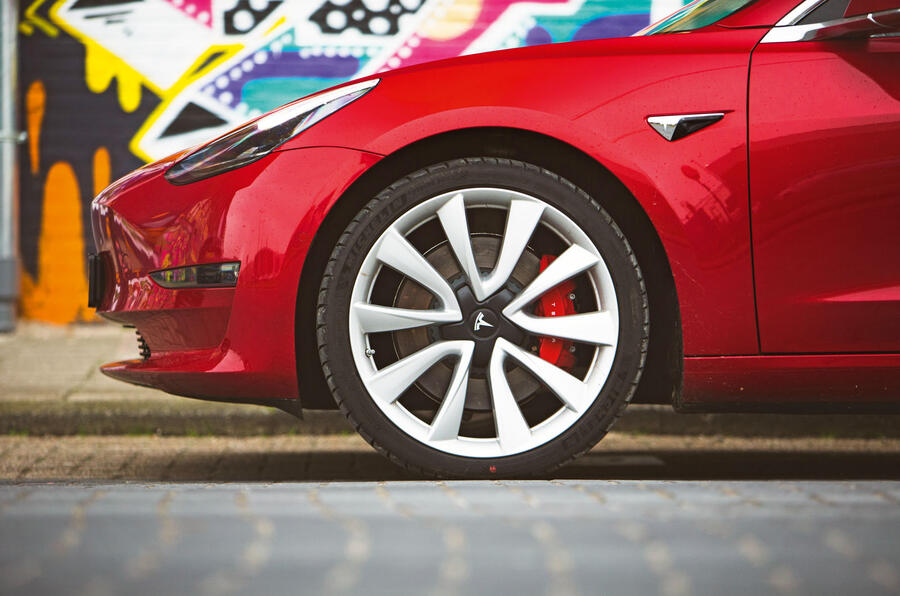
By contrast, when you’re in the 330i sat at a traffic light that has just turned green, you need to wait for several things to happen before a meaningful amount of torque makes its way to the car’s driven wheels. As you lift off the brake pedal, the engine first has to restart; and then the crankshaft needs to spin up; and then the gearbox has to lock up; and then the turbo needs to spool up; and finally the force you requested three or four seconds earlier is transmitted to the road. That’s the biggest difference of them all between driving an EV and almost any modern combustion-engined car: a heartbeat versus three or four seconds – and not quite every time you accelerate, but often.
Now let’s move our frame of reference out of town. With direct drive gearing, the Model 3’s electric motors feel like they’re dropping away from peak torque beyond 50mph, when the 330i is just getting into its stride. At that point, if the EV holds an outright performance advantage, it’s mostly to do with pedal response, because full power feels pretty similar in both cars when it arrives.
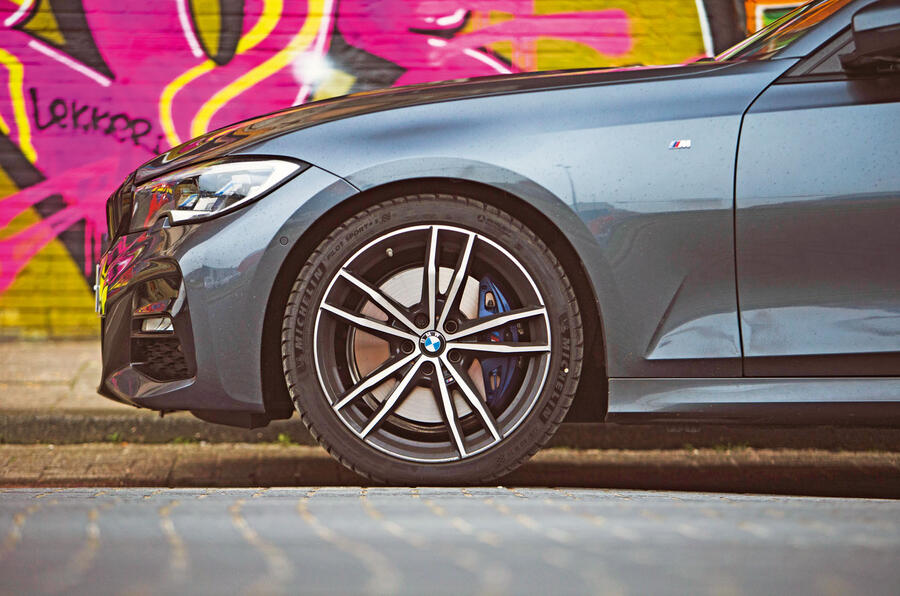
On the motorway, meanwhile, it’s actually the 330i that’s the quieter and more refined car. Sure, the Tesla’s powertrain is the quieter but the BMW’s better cabin sealing more than makes up for the deficit. Wind noise intrusion in the Model 3, with its frameless doors and huge glazed expanses, is a bit of a vulnerability. It wouldn’t really bother you on a longer trip, but you’d notice it all right.
Does the BMW handle better? Plainly so, but perhaps not by as much as you might expect, given its 300kg kerb weight advantage, which is a compliment to Tesla’s vehicle dynamicists. The 330i has a remarkably level of poise both when cornering and over bumps. It steers less directly than the Model 3 at first, but with greater linearity and mid-corner bite. It feels more neutral and engaging when accelerating out of a bend and more precise and communicative in its handling at all times.
The Model 3 rolls only a little more but makes you feel every degree in your more lofty driving position and it also has more to do to rein in its body movements. It rides comfortably but ultimately the BMW is the more satisfying driver’s car by a decisive margin, although you probably do need to get out of town to appreciate it.
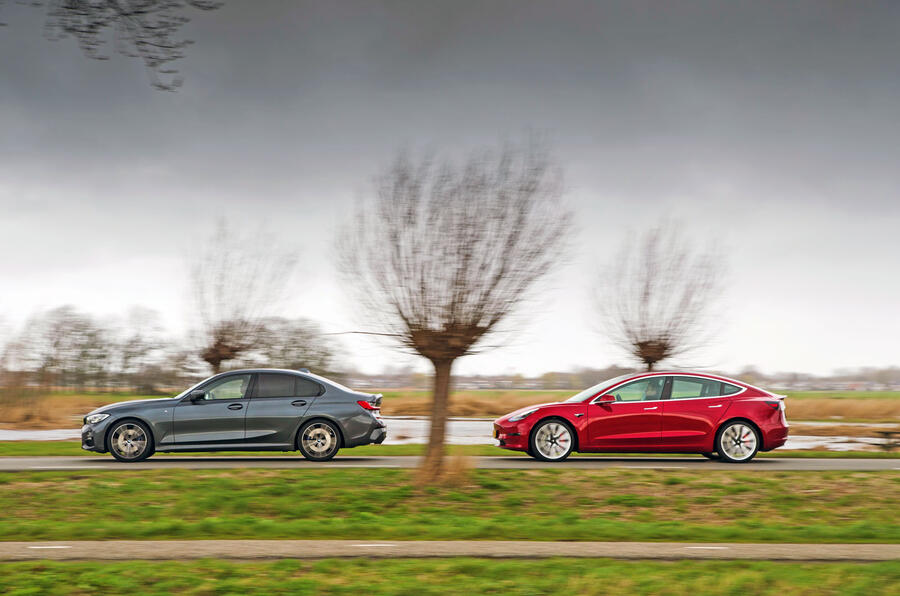
Would any of that actually matter to a buyer, though? That’s what you find yourself puzzling when summing up what really separates these cars and seeking to pick a winner. To some, the Tesla’s electric motors and zero tailpipe emissions will be like a 50-yard head start in a 100-yard running race; from where, by the way, it’s more than good enough to sprint home in the lead.
For others, the allowances and limitations necessarily associated with running an EV in daily use – and they’re still significant here, although they’re set to become less and less so – would rule it way out of contention. Because it depends so much on personal circumstance, nobody can tell you which side of that equation you’re on. You have to work it out for yourself.
I can help a bit, perhaps. Over plenty of different test routes and driving styles and a good seven or eight hours of driving altogether, the energy efficiency of the Model 3 Performance averaged out at 2.8 miles per kWh: enough for 210 miles of usable range on a charge of its 75kWh battery. Drive exclusively for economy, at reduced pace, and you can just about put 300 miles between charges, but that means keeping the average speed below 50mph. We should point out, for the sake of balance, that this was from the Performance model on 20in rims and performance tyres, and Tesla’s Long Range derivatives might add 10-20% to that range, on the basis of relative US-market claims.
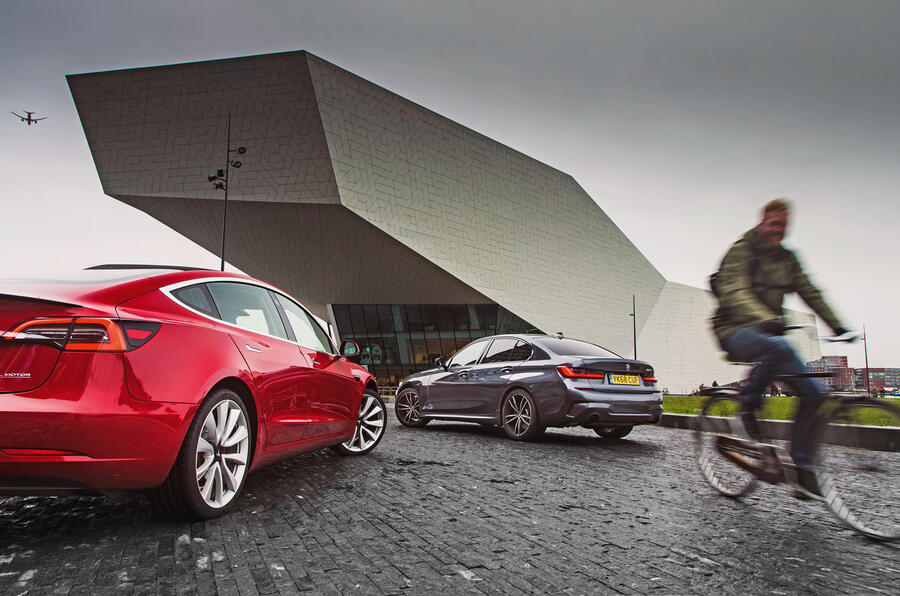
Still, there are significantly cheaper EVs that go quite a bit further on a charge; and on that basis, even though the Tesla’s recharging network is now better, and improving faster, than ever before, it’d seem unjust to declare this the car to finally convince the majority that an EV could be as viable, usable and practical as one of the best, most broadly talented combustion-engined cars in the world.
So no, Mr Miller, now is probably not quite the time for the average 3 Series owner to switch from BMW to Tesla. The simplest answer to your question would simply be to point out that it’s the job of the latest technology to make for a better car and, in the Model 3 at least, electric car technology hasn’t quite done that yet. Not in enough ways, at least.
The time might well come soon, though; within the life cycle of these particular cars, considering the way that CO2 legislation is going. And I dare say many of those whose usage pattern would accommodate the switch already probably wouldn’t look back.
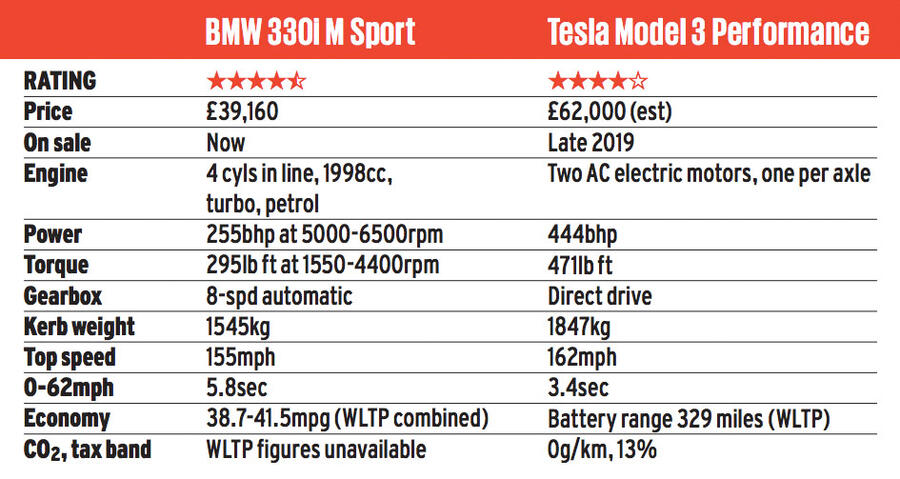
Read more
Tesla Model 3: the full road test
Tesla linked to new UK gigafactory in Somerset
BMW 3 Series 330i M Sport UK review

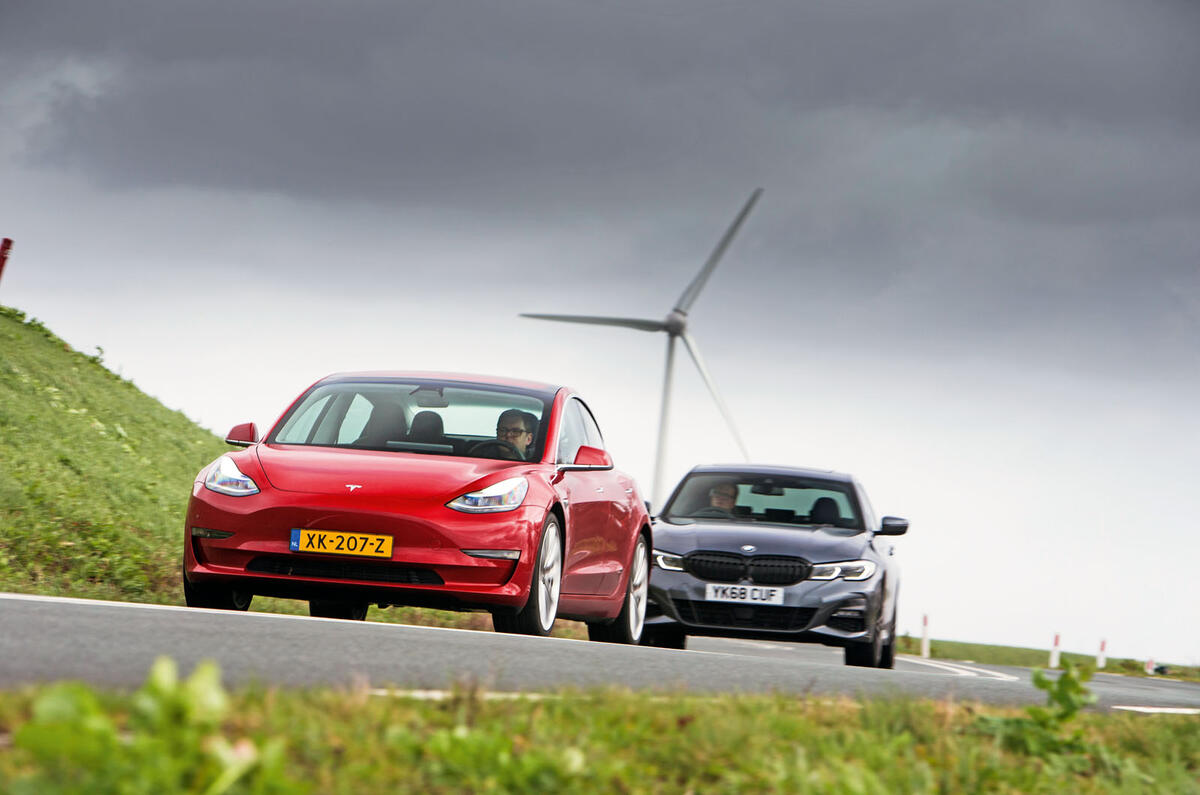
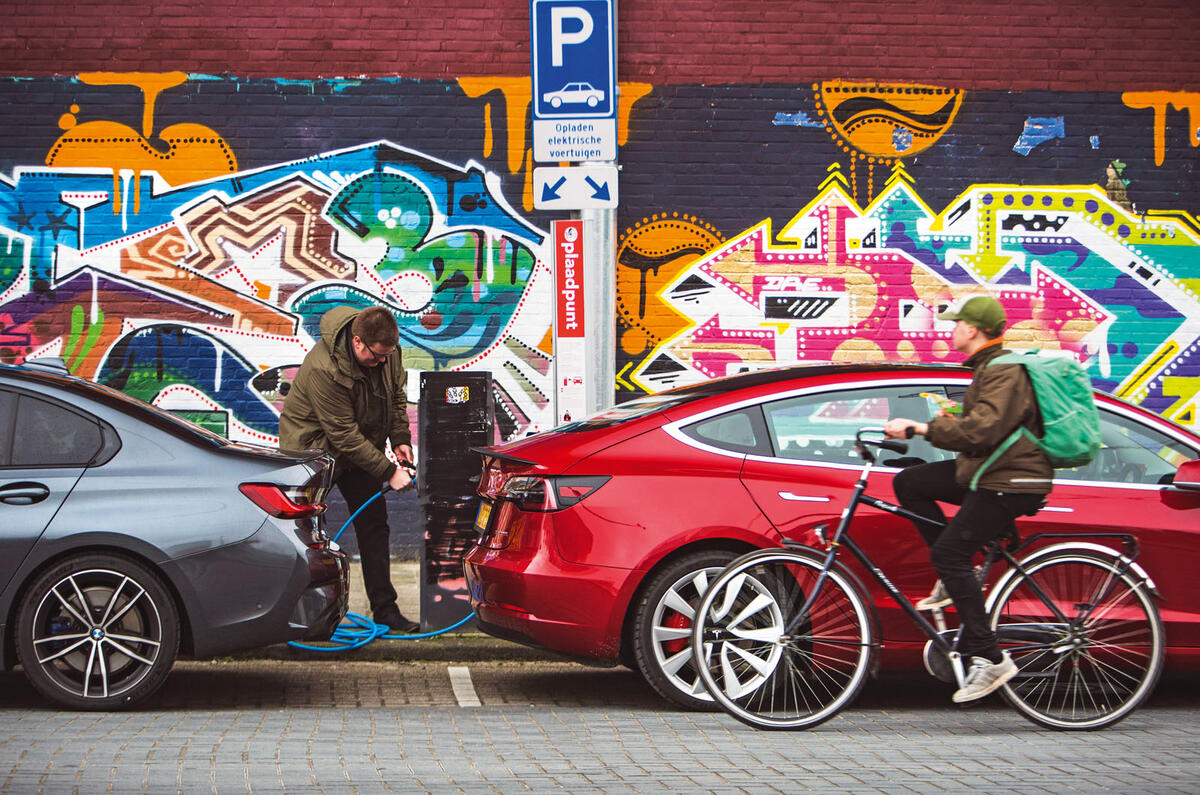
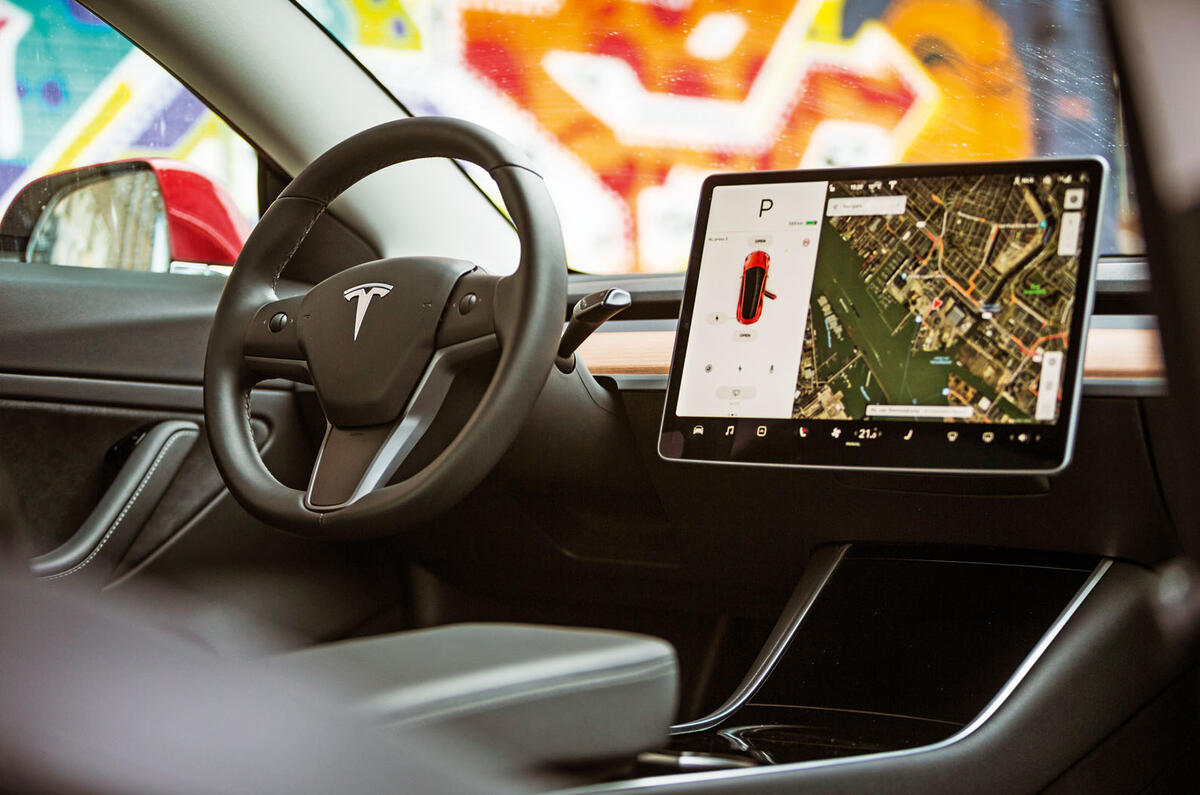
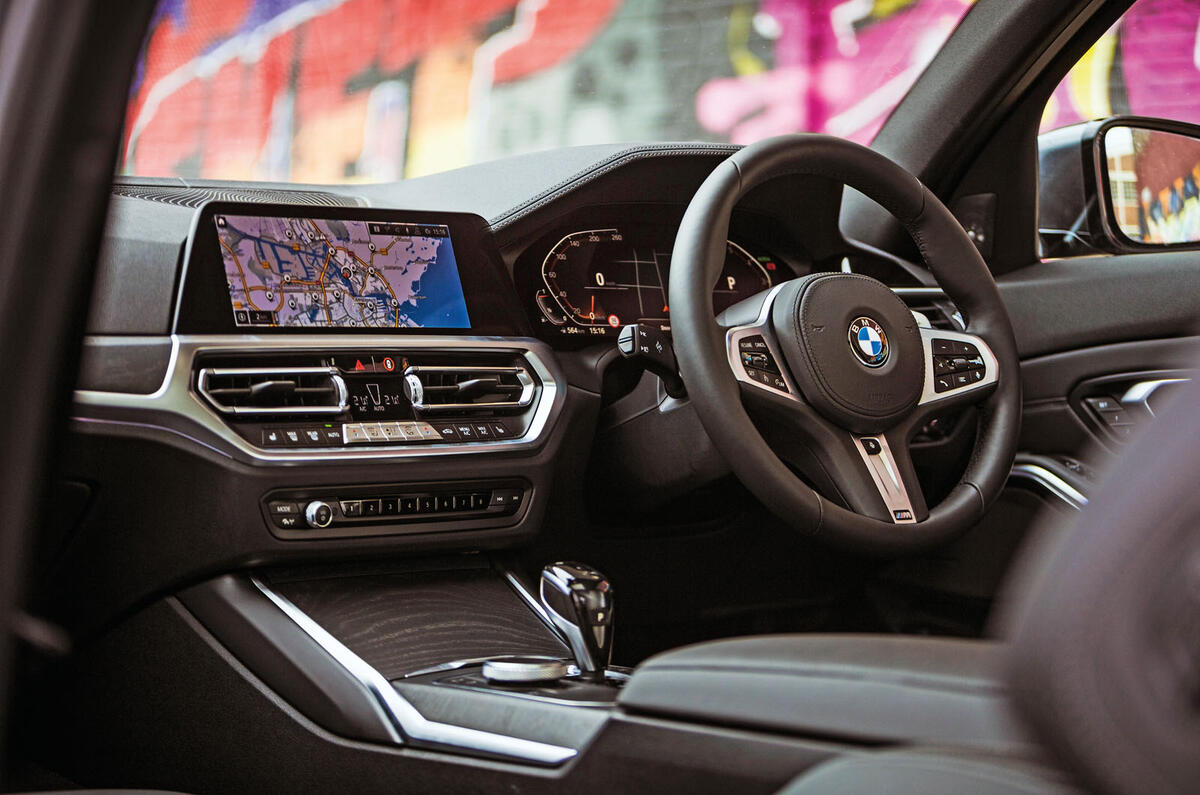
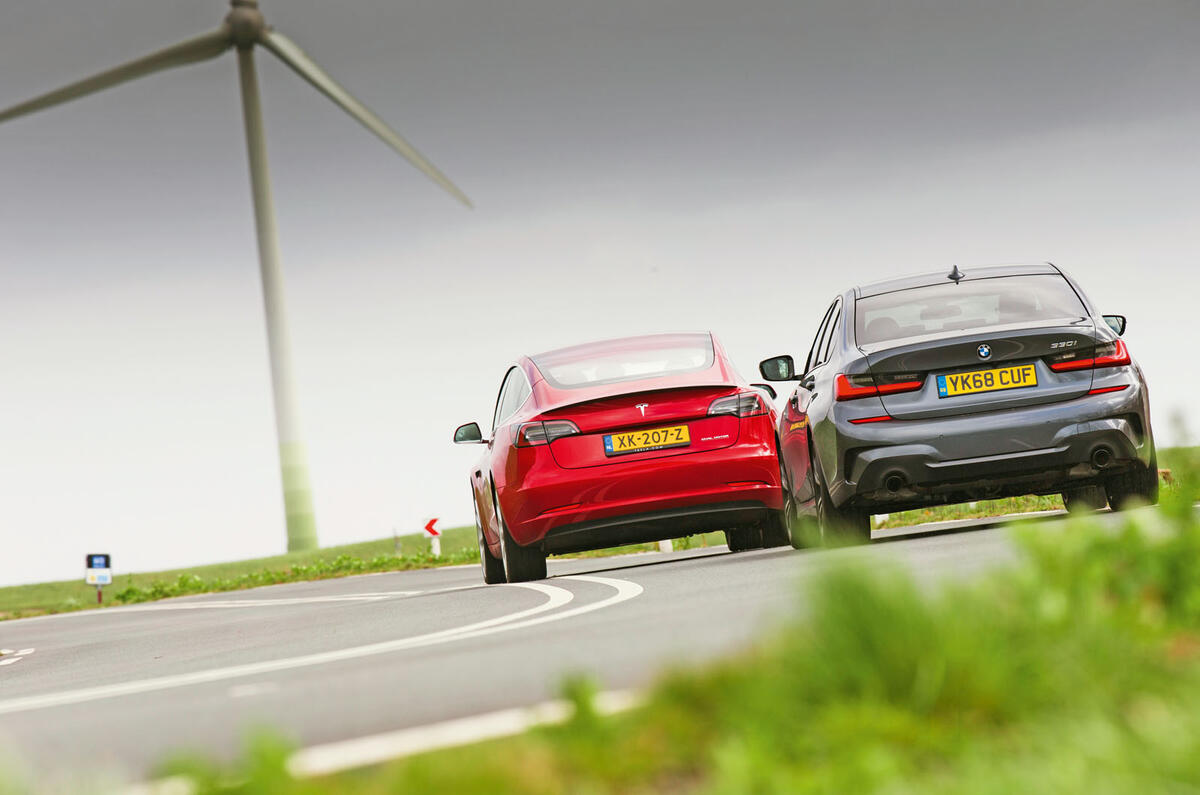
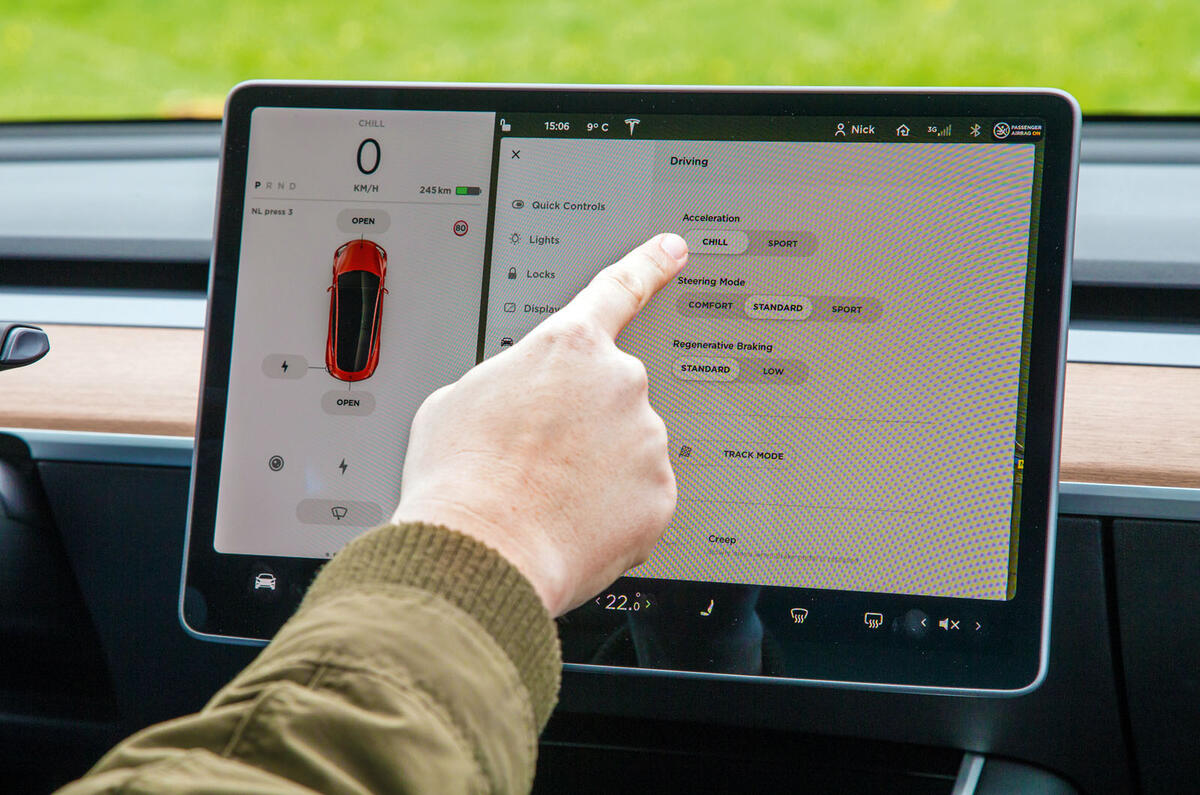
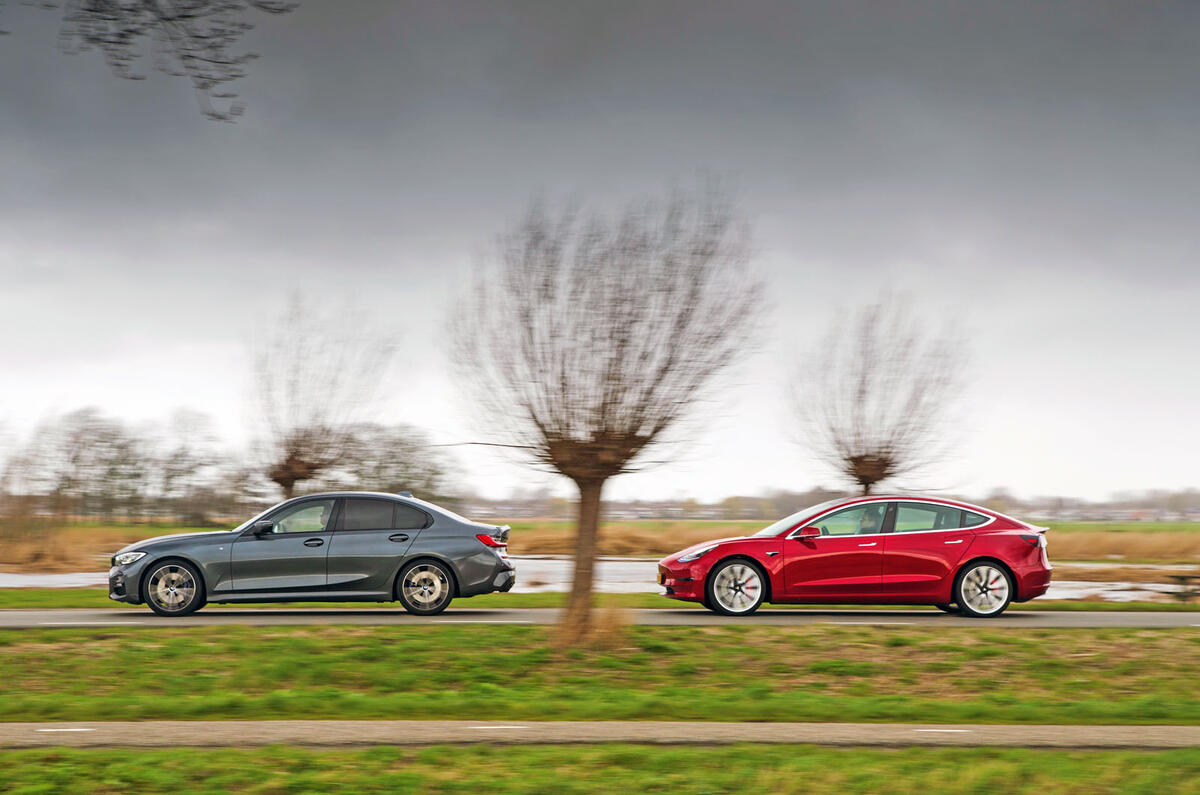
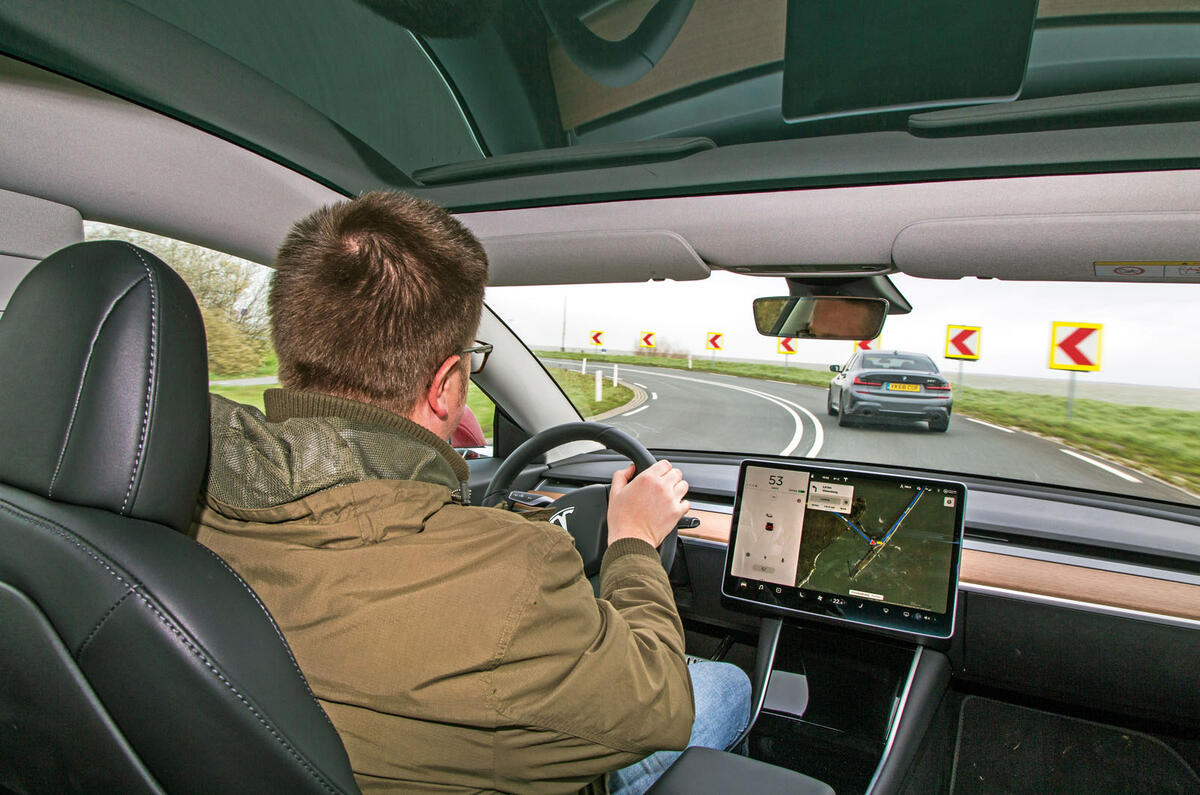
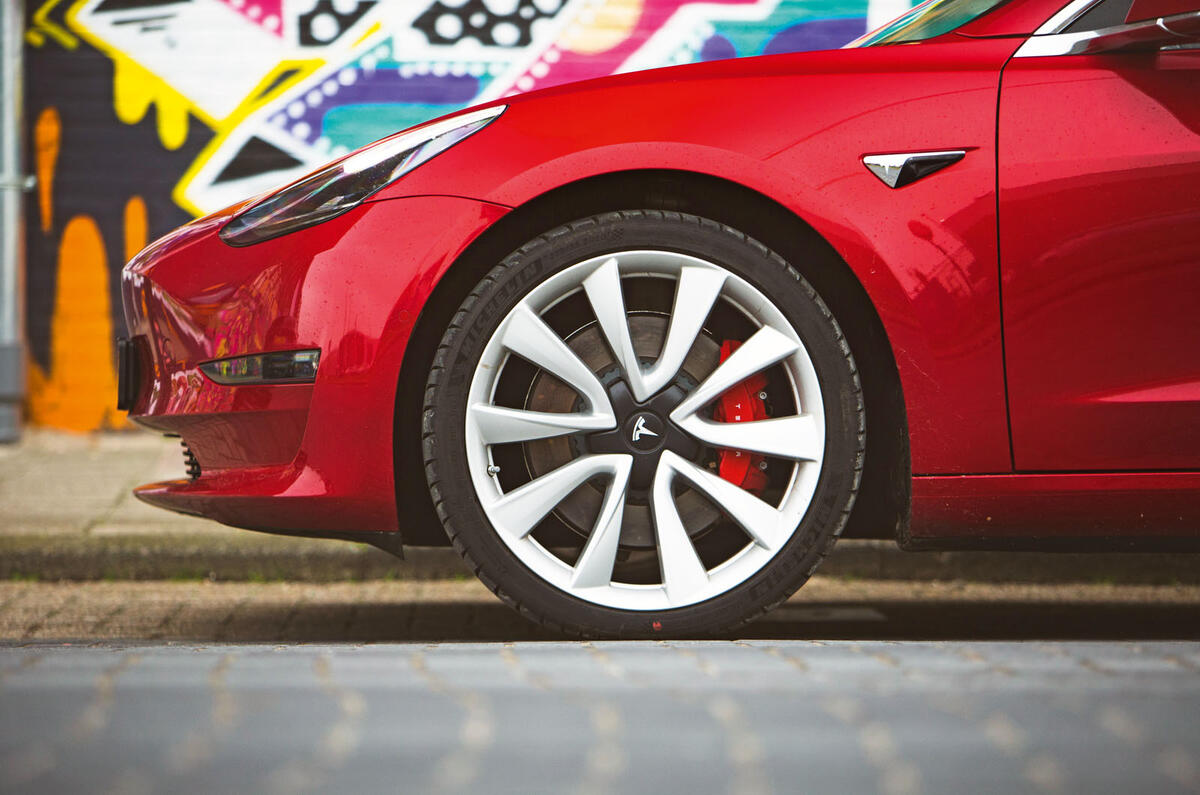

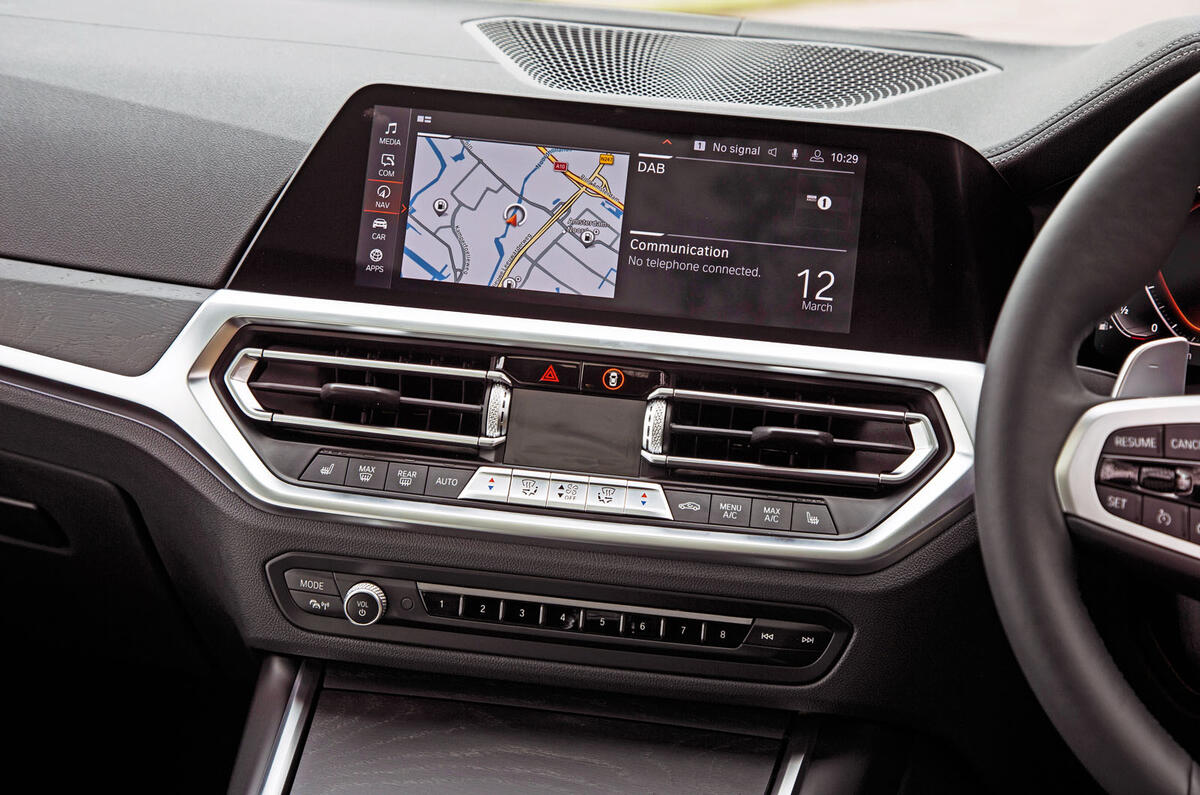
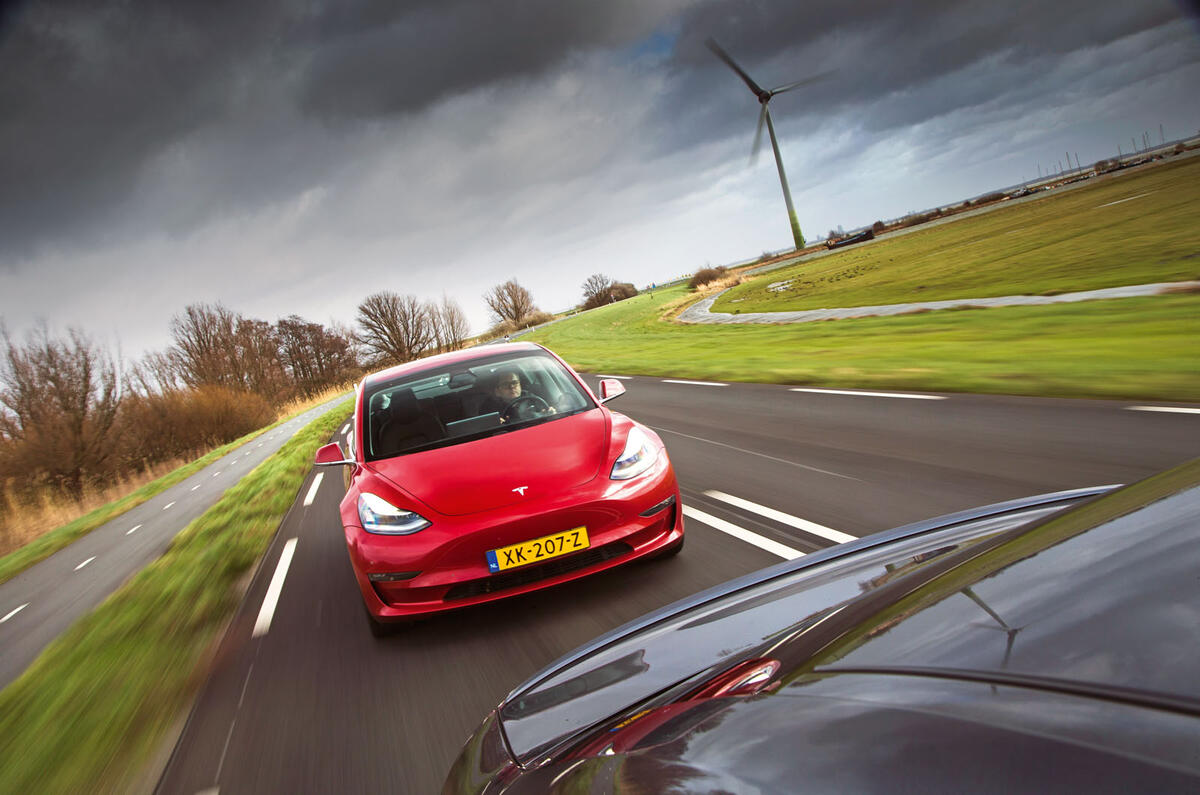

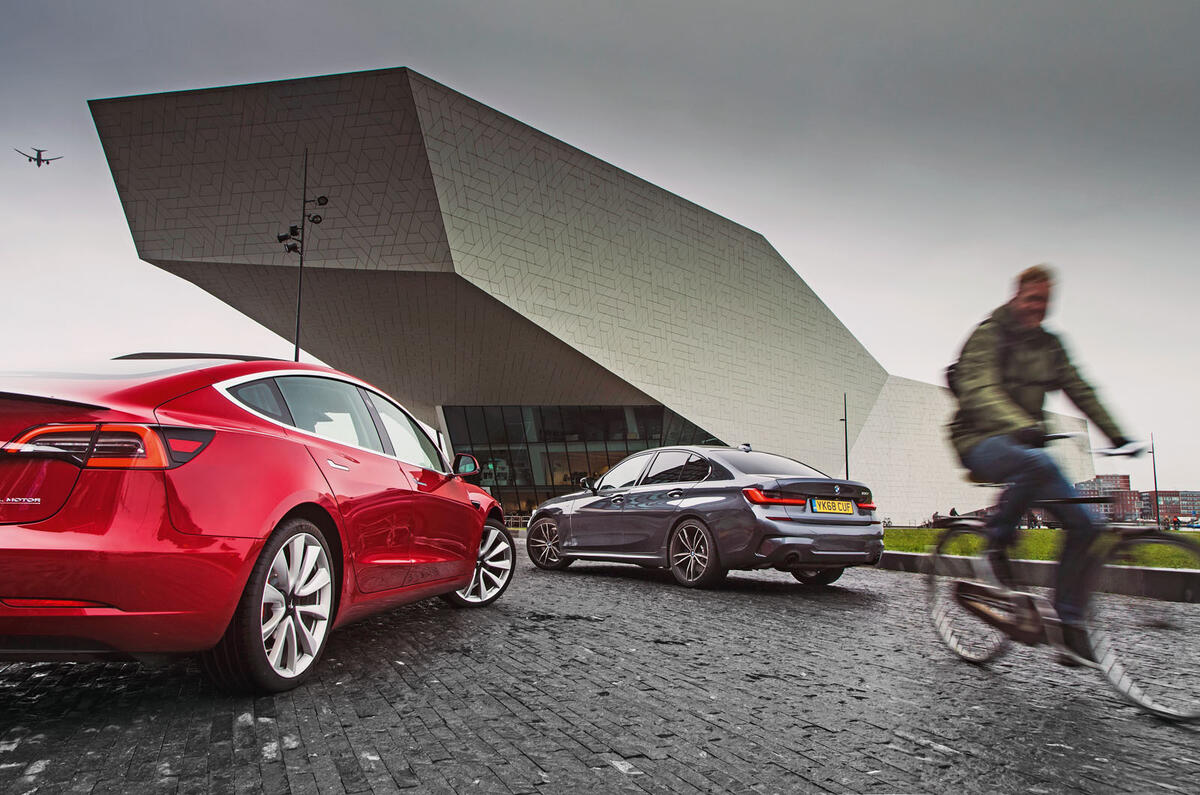
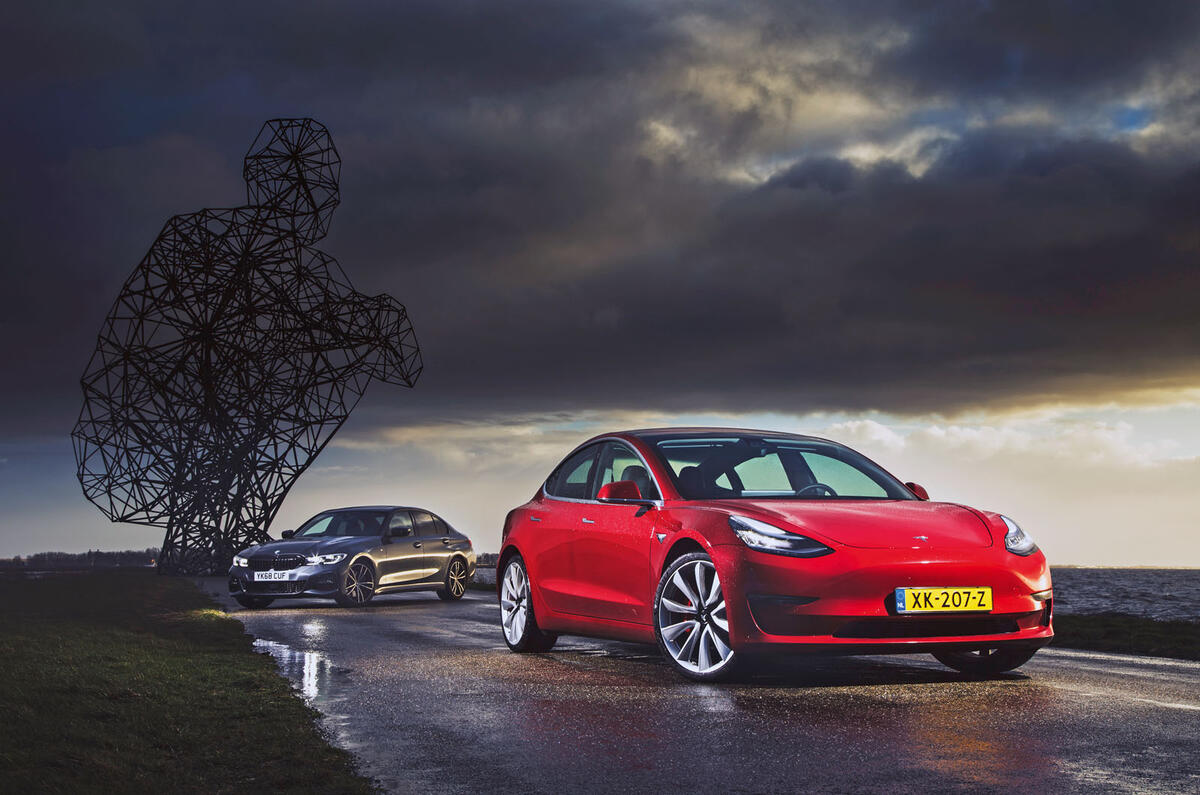
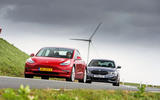

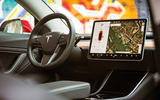
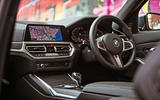
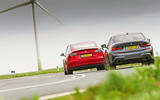

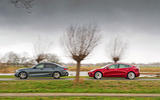

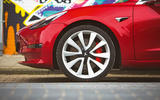
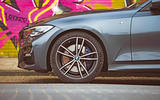

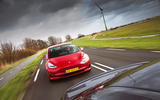









Join the debate
Add your comment
The simple answer is No. The BMW 330i is a much better handling car. Period. unfortunately I drive a Tesla model 3 performance now because I am too poor to drive a proper car. My BMW which I still own is a properly good car to drive. The way it handles, steering feel etc is not comparable. It seems like our governments are pushing the reviewers to lie about Electric cars which they promptly do. That was also the reason auto car can't provide a simple answer to the question of handling.
Tesla = overpriced turd
Tesla is a useless turd . over priced--remember when fraud enron musk said the car will be £29k-$35?, cheapest tesla is actually £40k..bait and switch from the conman [paying £6k+ for self driving upgrade that DOES NOT self drive...] .
Also the legendary crap made in the usa reliability
But the Tesla troll army will always spam and defend the cars.
autocar STOP tricking reader testing cars OUTSIDE the uk!!
It is misleading to potential buyers because car manufactures fly you over to switzerland or south of spain and put you in a 5 star hotel deliberately choosing the areas with the smoothest roads imaginable which hides the rock hard suspensions that would destroy your back in pot hole capital UK..
A Model 3 performance does 0
A Model 3 performance does 0-60 in 3.2 seconds and costs £56k (including a 10% tarrif), its pricing is very competitive vs an M3.
The current base Model is the Standard Range Plus, at £40k, to compare to US prices firstly remove the 10% tarrif, then remove the 20% VAT which they don't have in America.
Then account for the current $-£ rate (1.3) which gets you back to a $40k price. In the US that car is $38k, the 2k difference basically being the price of importing it to the UK.
So in the US the Standard Range Plus costs only 3K more than the orginal 35k target price for a more capable vehicle. They did sell the original base model for 35k US but take up was low and it was discontinued. So basically promise made and delivered.
I only have basic auto pilot and that is perfectly capable of driving on motorways and a-roads and is always improving.
Consider this, the Model 3 is such a compelling bit of engineering that despite being built in the US by US engineers for US tastes it is still outselling its rivals globally (how many US market cars make it over here). As Tesla goes to Germany next year expect locally tuned vehicles for EU/UK at which point the Germans are really stuffed.
Sorry to say this. But there is no comparison between Tesla and BMW M3. BMW M3 is a much better car in handling and in the experience department. Maybe it would be better to compare Tesla with other electric vehicles.
Stupid speeds
Why do Tesla EVs have to have such insane acceleration times? The average driver, not some plank with Nurbergring whatever stickers on the back, does not need sub 4 seconds anything. Can you imagine the carnage a just past his test rich kid who plants his foot down will do in this? or an elderly driver with failing eyesight and poor foot control?
Because they can.
Because they can.
To achieve long range you need a big battery and this is the majority of the driveline cost. The torque characteristics of an electric motor then allows you to dispense with a gearbox.
If you want to have a decent top speed you have to fit a relatively long gear ratio which means you need to fit a high torque motor to get decent acceleration.
The rear motor of a Model 3 was performance was independantly costed at around 850 dollars, so once you have the large battery adding massive performance has a low marginal cost and has zero impact on efficency unlike adding a larger engine to an ICE vehicle.
As to the carnage, you are aware that Tesla has already sold 750,000 of them, carnage has not ensued.